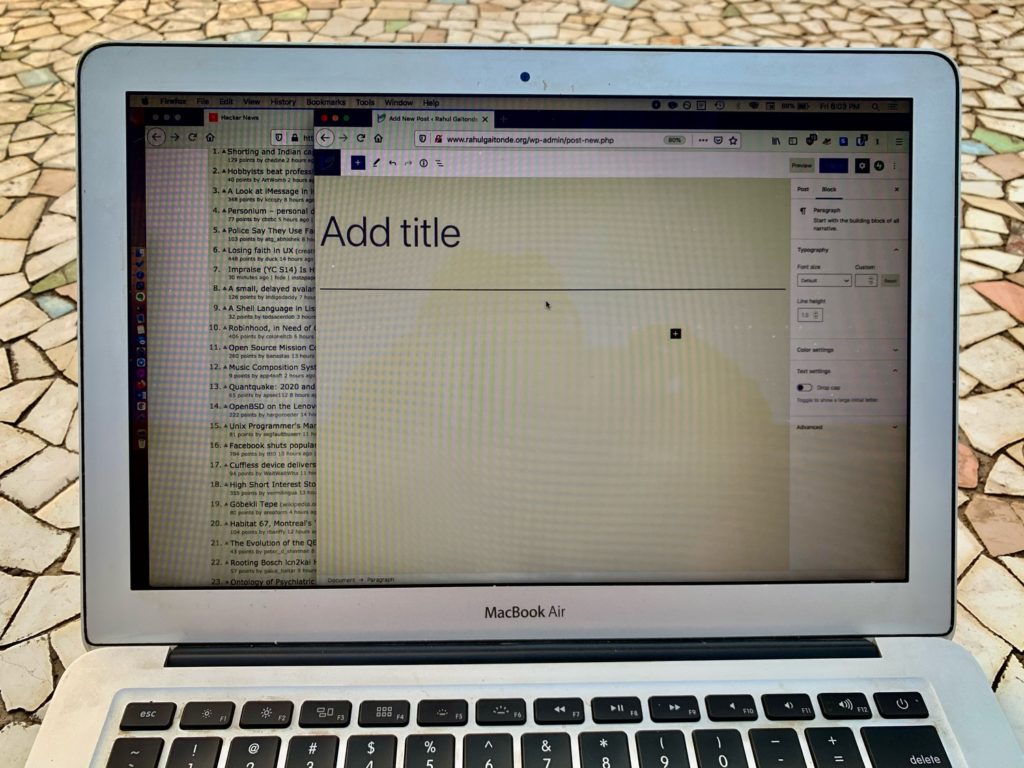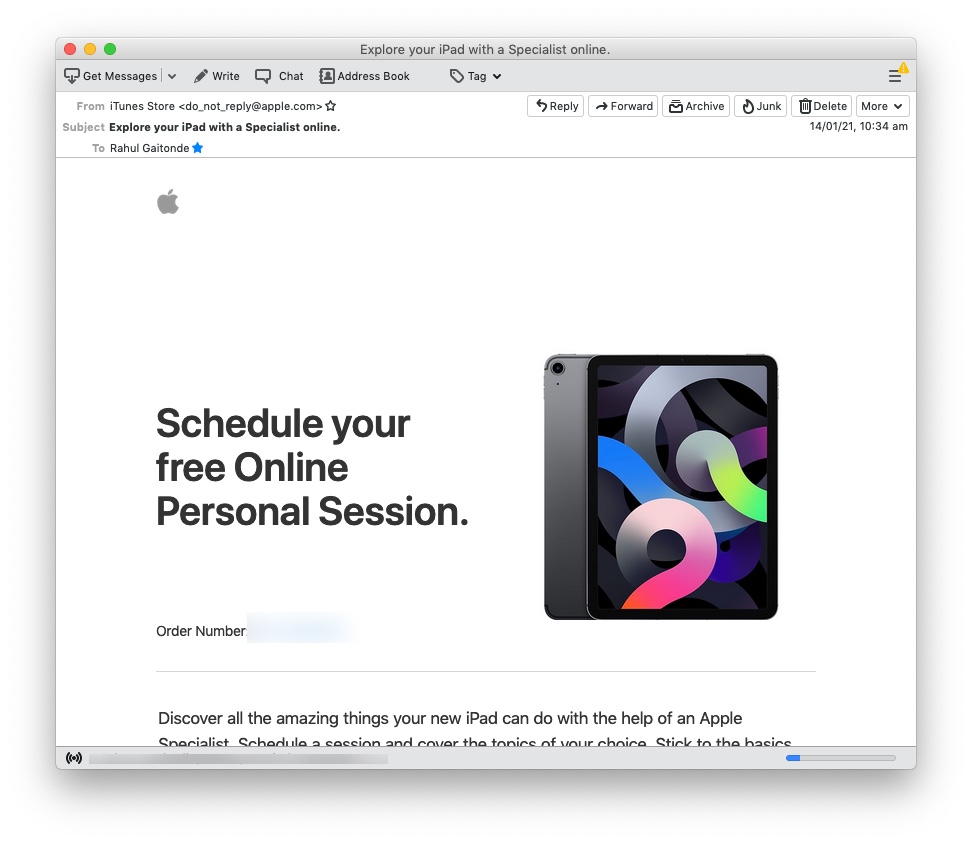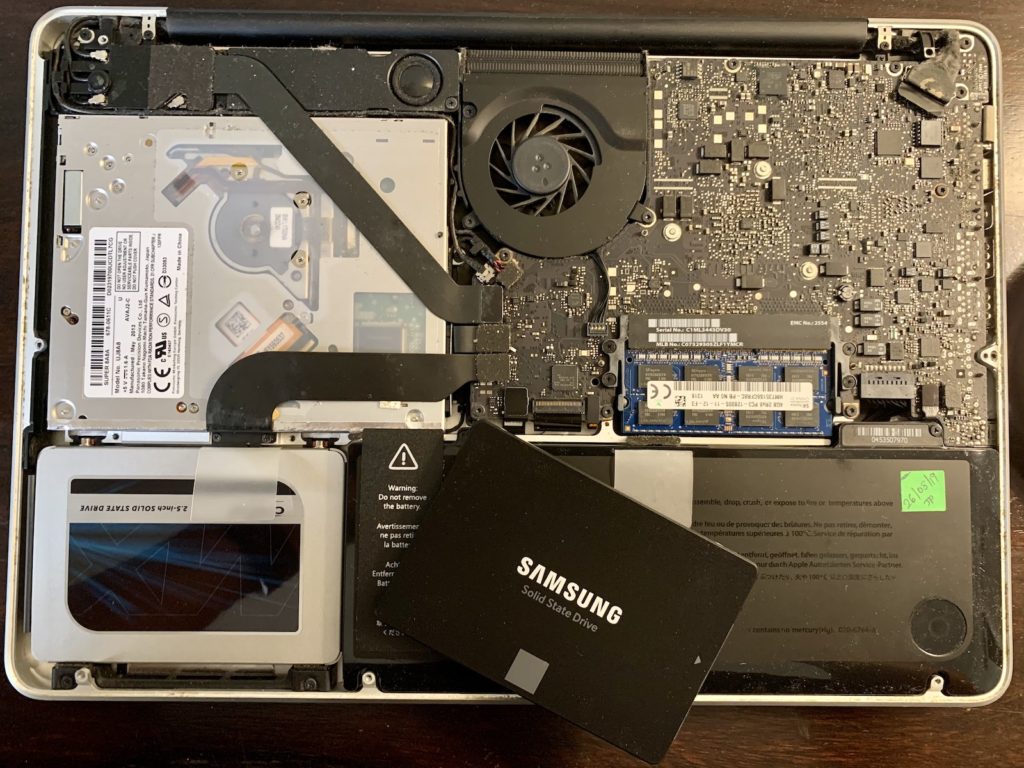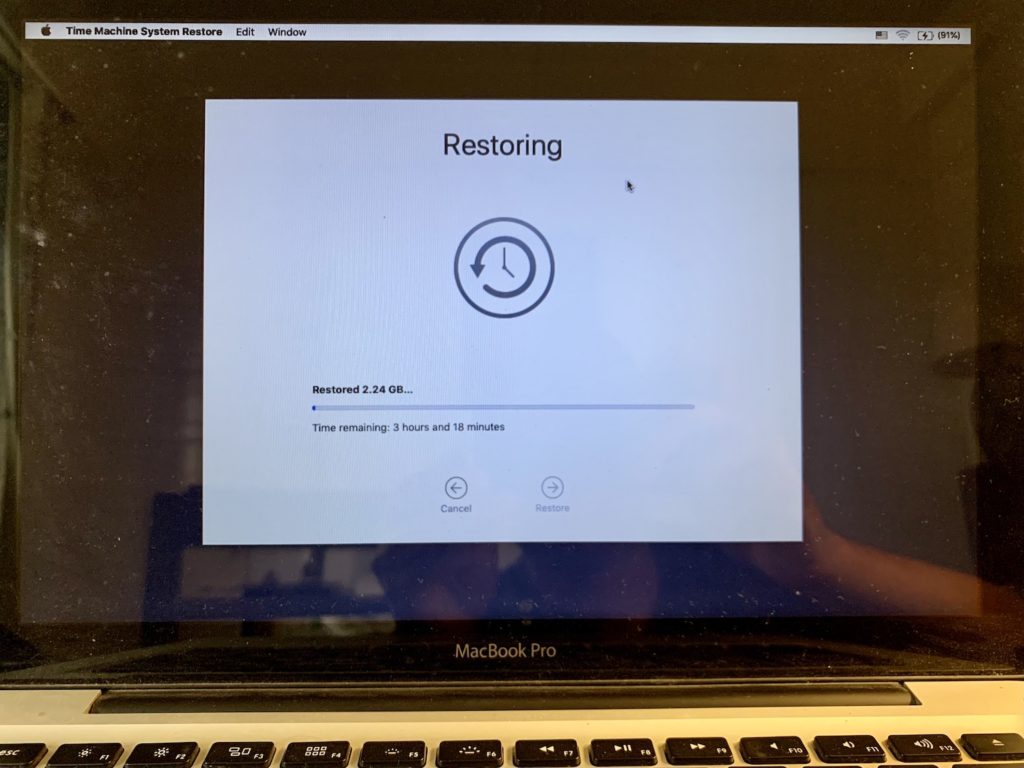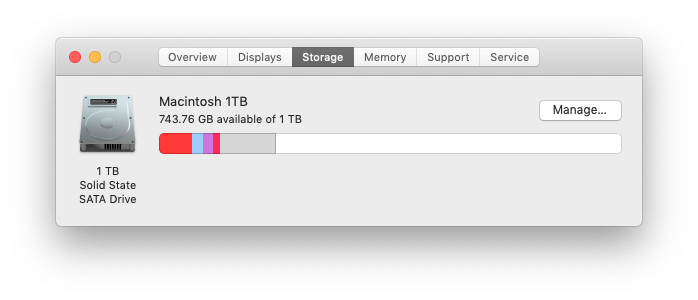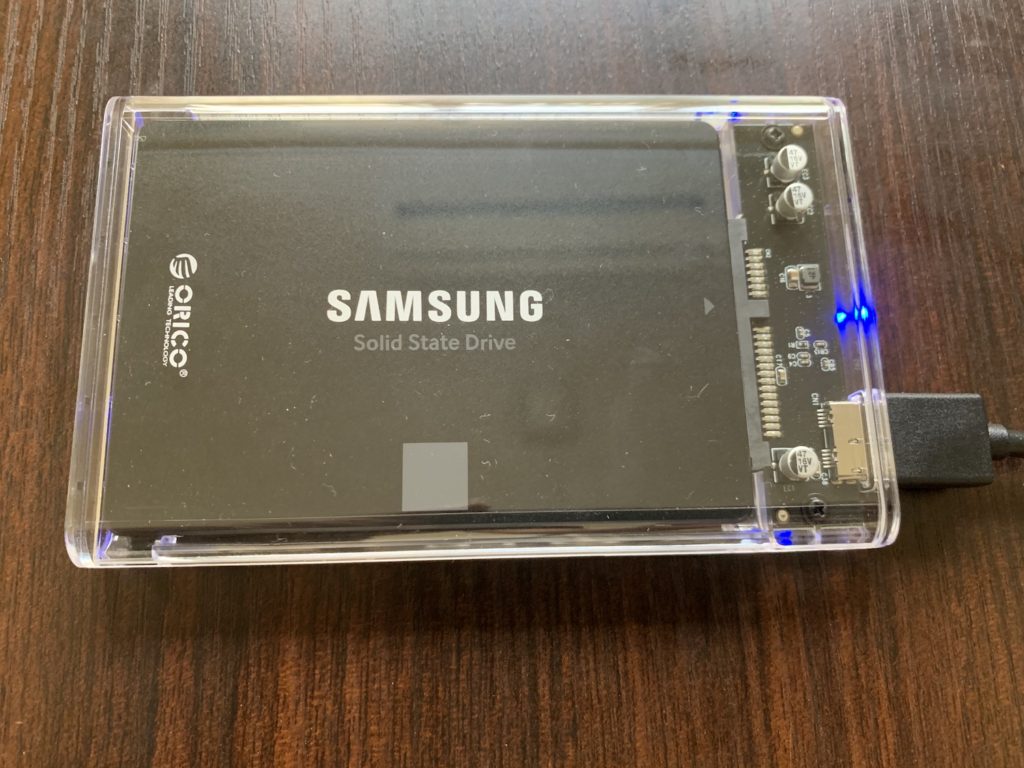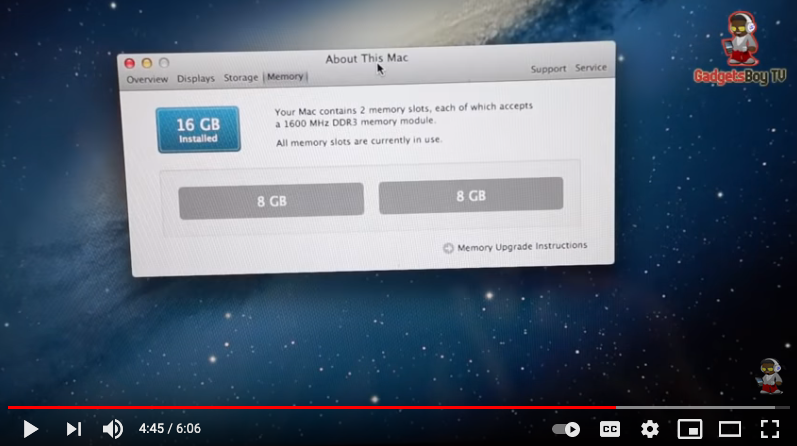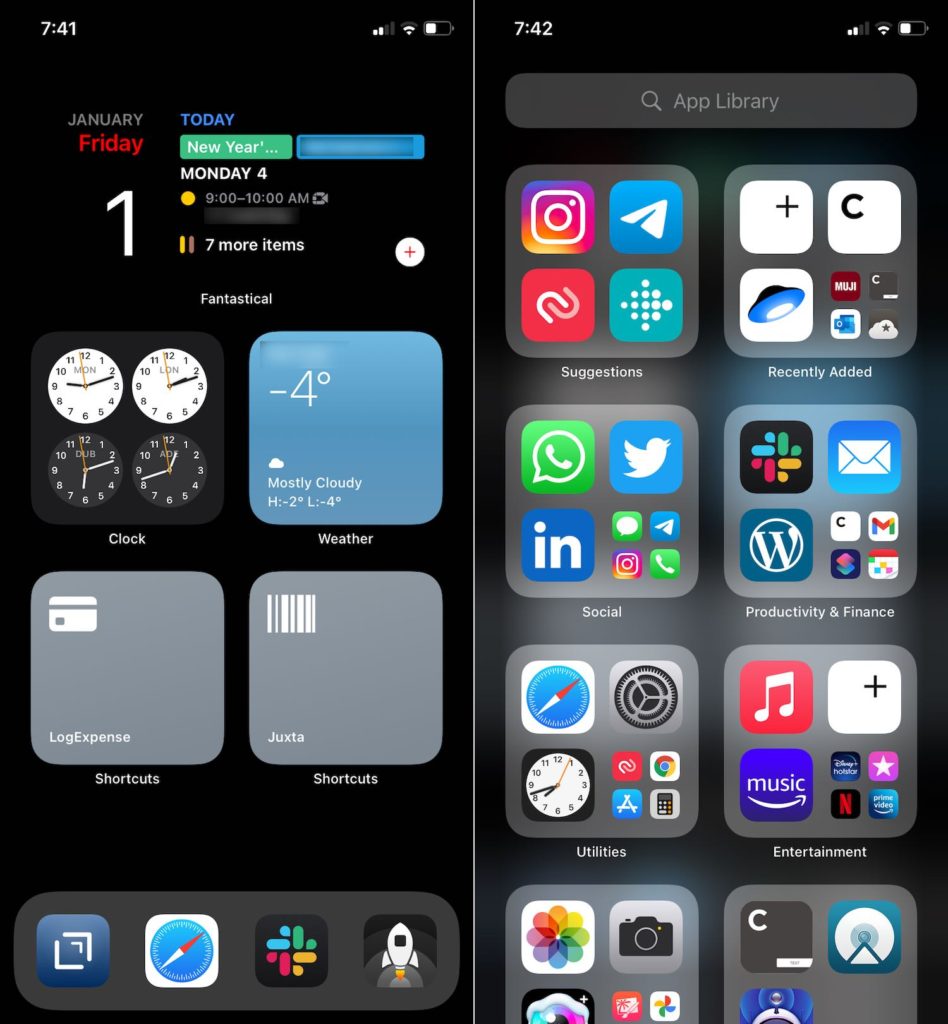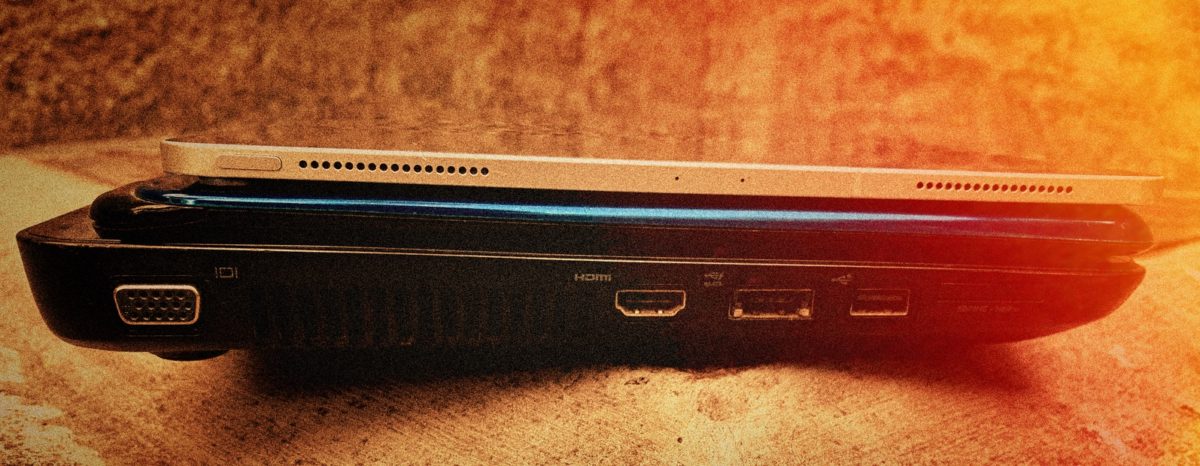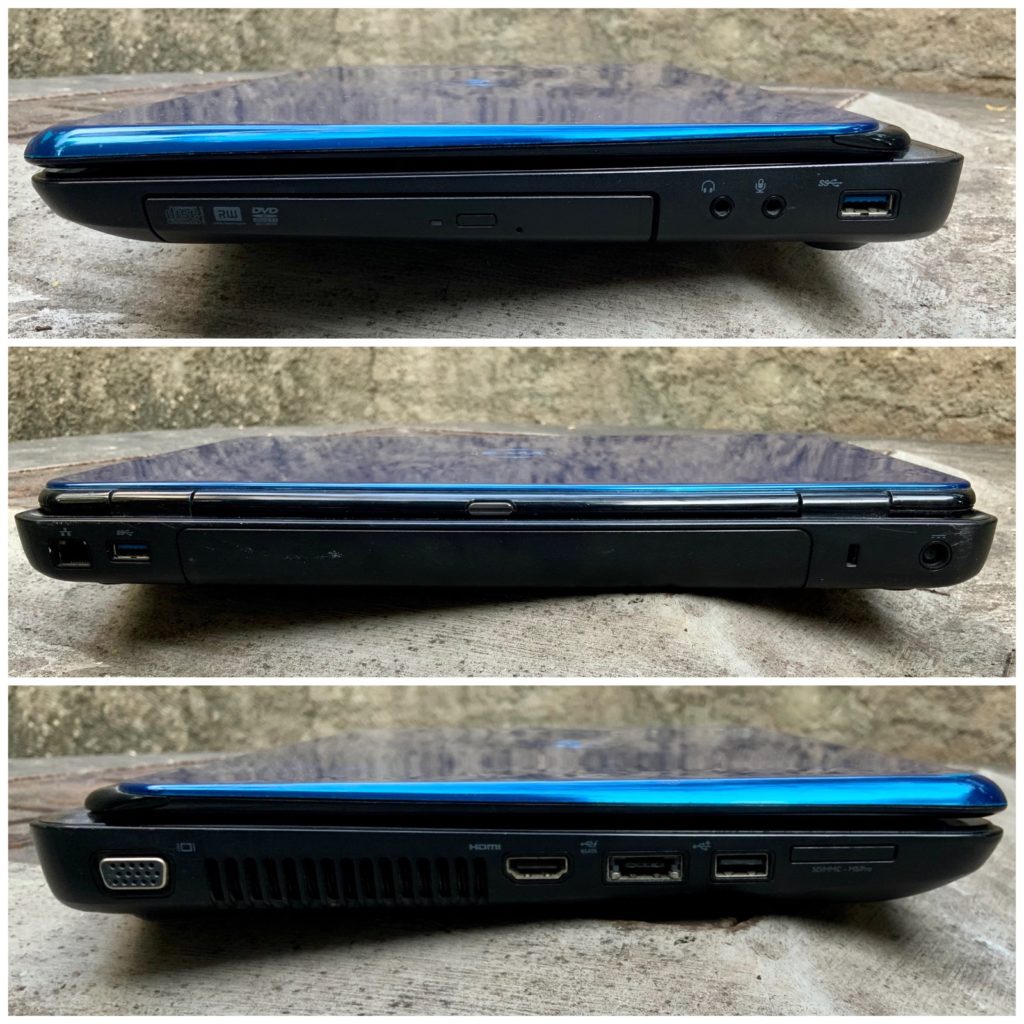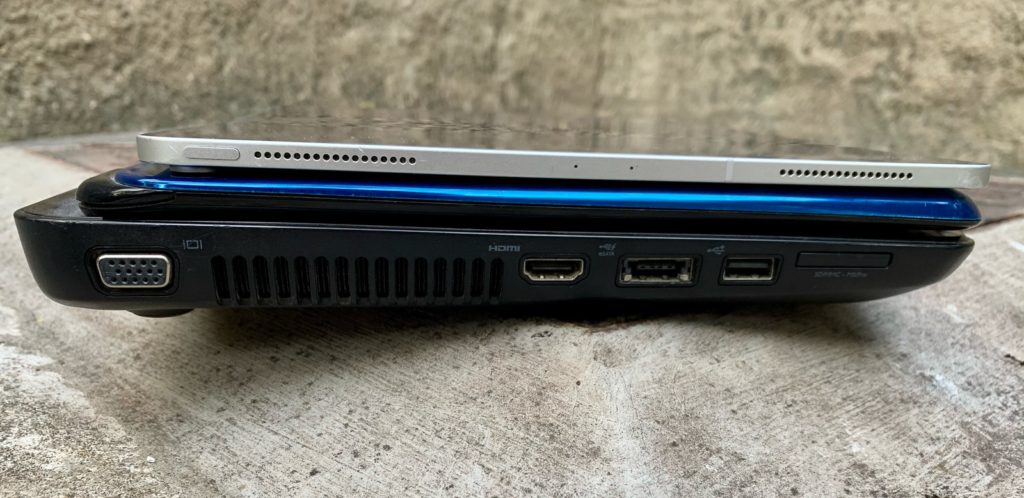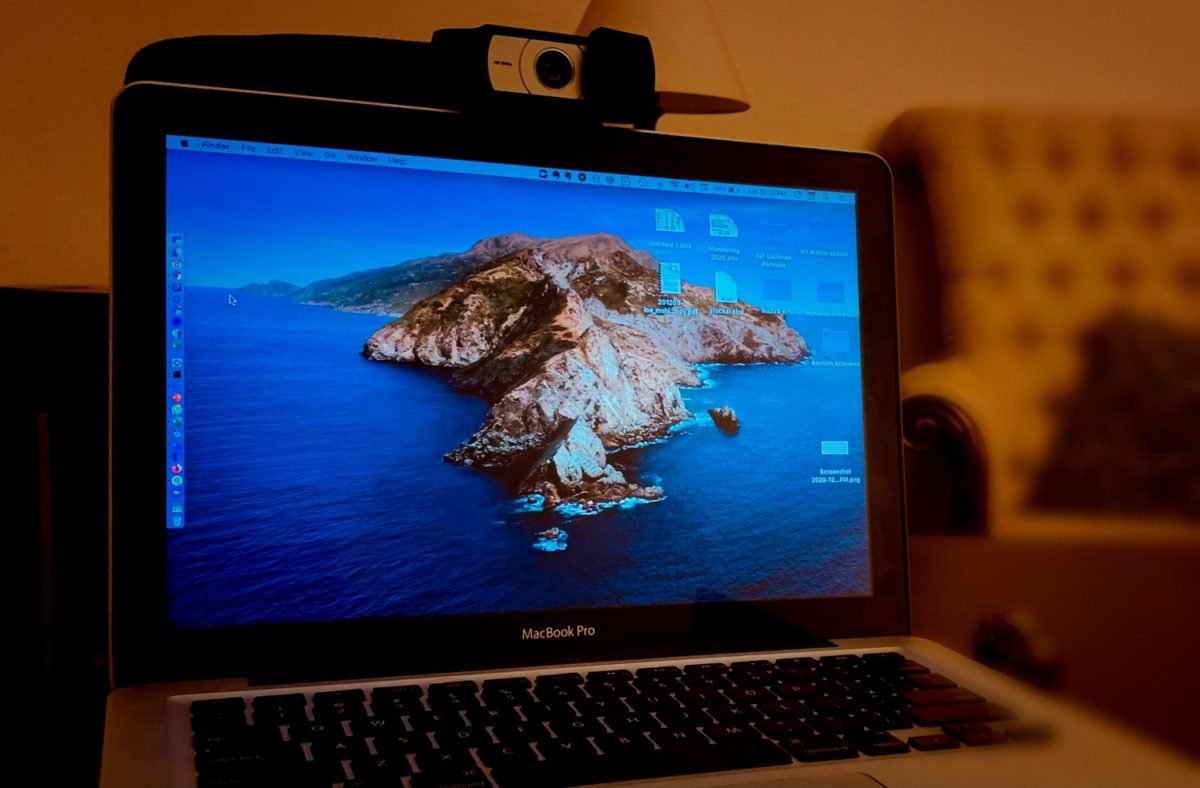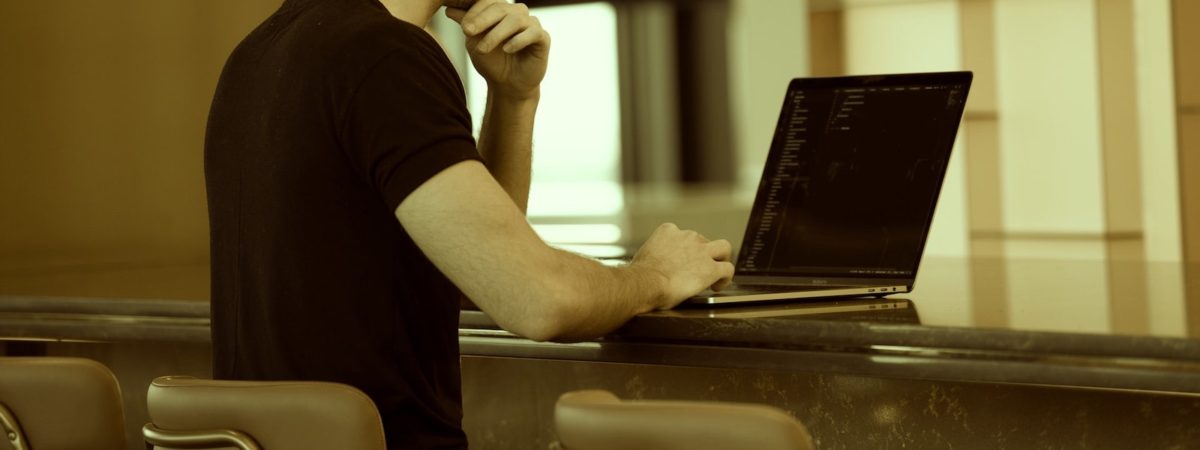
A short comment on the incredible durability of my mid-2011 Macbook Air. I bought it shortly after its release, so it’s nearly ten years old and still going strong.
It’s on its second battery, the logic board has had to be replaced [1], and some key combos work either with only the left or only the right shift keys. It’s also the last machine with the Magsafe 1 charging port, so I guard my two chargers with my life. But it runs just fine as an everyday machine. I’ve had more go wrong with me this past decade.
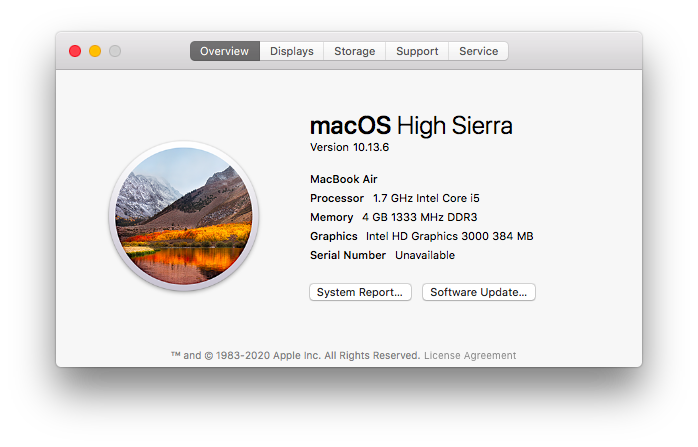
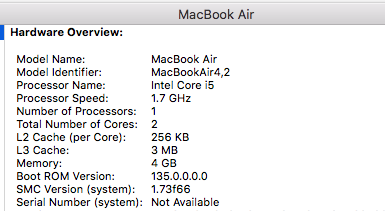
This was my first Mac machine and a return to machines with good build quality after a three year gap. My main machine used to be an IBM Thinkpad R51 – pre-Lenovo – until it was stolen in 2008. It had excellent driver support for Linux even back then. In the interregnum I used, unhappily, a series of Dell laptops. The Mac, and Mac OS, was such an improvement that I have stuck to it since.
Speaking of Mac OS, this machine shipped with OS X Lion. It’s since run Mountain Lion, Mavericks, Yosemite, El Capitan, Sierra and High Sierra, which is the last supported OS. That is seven operating system releases over seven years. Mac OS is backwards-compatible enough that the most recent versions of almost all my everyday software runs on High Sierra (it also helps that my software needs are modest and include many open source tools).
Nearly a year ago, I wrote about Apple’s laptops:
These machines appeal to me because they’re such a terrific example of sustainability. Apple may release new laptops and revisions every year but you don’t have to buy them that often. In fact you can go five years, even ten depending on what you use your computer for. The relatively high price you pay up-front translates to many years of trouble-free use. The ‘cost per wear‘ equivalent of Apple’s laptops is extremely low.
– Oldie but goodie, April 2020
My everyday machine is a mid-2012 unibody Macbook Pro I got for free as a hand-me-down, which will itself be ten years old next year. That machine is a lot more powerful than this Air, and I’ve upgraded its hardware more than once. It’s clear to me I’d have spent a lot more on Dell laptops over this last decade than I did on these two Macs, even including repairs and upgrades.
To close, no one described better than Terry Pratchett why I love my old, wonky Macbooks:
The reason that the rich were so rich, Vimes reasoned, was because they managed to spend less money.
Take boots, for example. He earned thirty-eight dollars a month plus allowances. A really good pair of leather boots cost fifty dollars. But an affordable pair of boots, which were sort of OK for a season or two and then leaked like hell when the cardboard gave out, cost about ten dollars. Those were the kind of boots Vimes always bought, and wore until the soles were so thin that he could tell where he was in Ankh-Morpork on a foggy night by the feel of the cobbles.
But the thing was that good boots lasted for years and years. A man who could afford fifty dollars had a pair of boots that’d still be keeping his feet dry in ten years’ time, while the poor man who could only afford cheap boots would have spent a hundred dollars on boots in the same time and would still have wet feet.
This was the Captain Samuel Vimes ‘Boots’ theory of socioeconomic unfairness.”
― Terry Pratchett, Men at Arms: The Play

